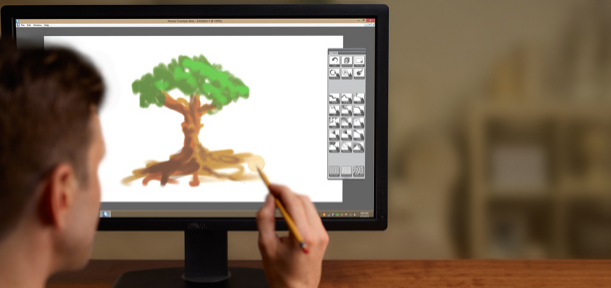3D Gesture Control Coming to Spotlight
Minority Report was an enjoyable action flick, but it may hold the blame for getting the idea stuck in our collective heads that 3D gesture control is the next frontier for computing. The Kinect from Microsoft helped further this idea around as well, with a pretty good (though highly limited regarding needed space, applications, etc.) gesture experience. But a lot of startups and other companies are chasing this carrot – and it begs the question of whether there’s even a carrot to chase.
Maybe the most headline-grabbing of those going after the gesture control birdy is Leap Motion. The company raked in lots of pre-order interest for its device, which uses infrared tech to track finger and hand movements in 3D space and them map those to controls for apps on a computer. But then it arrived, and the reality was nothing like people had imagined, even after the device delayed its release for an extended beta to amp up the consumer user experience.
Leap Motion had good reason to go back to the drawing board: there’s a huge risk with this kind of device because when you aren’t just blown away by a device like this, it ends up in a drawer and no one ever uses it again. Unfortunately for the company, that’s likely the fate of a lot of their controllers, I realized after a couple of weeks of using one.
Early reviews were not very kind to the Leap Motion, but really a lot of them may have been over-generous. The controller is impressive enough during its demo when it’s showing you the finger points and hand model skeleton its detecting, but already it’s apparent that the detection is finicky. The controller is finicky in its appraisal, and requires your hands to occupy a sweet spot relative to the gadget itself to work really well.
